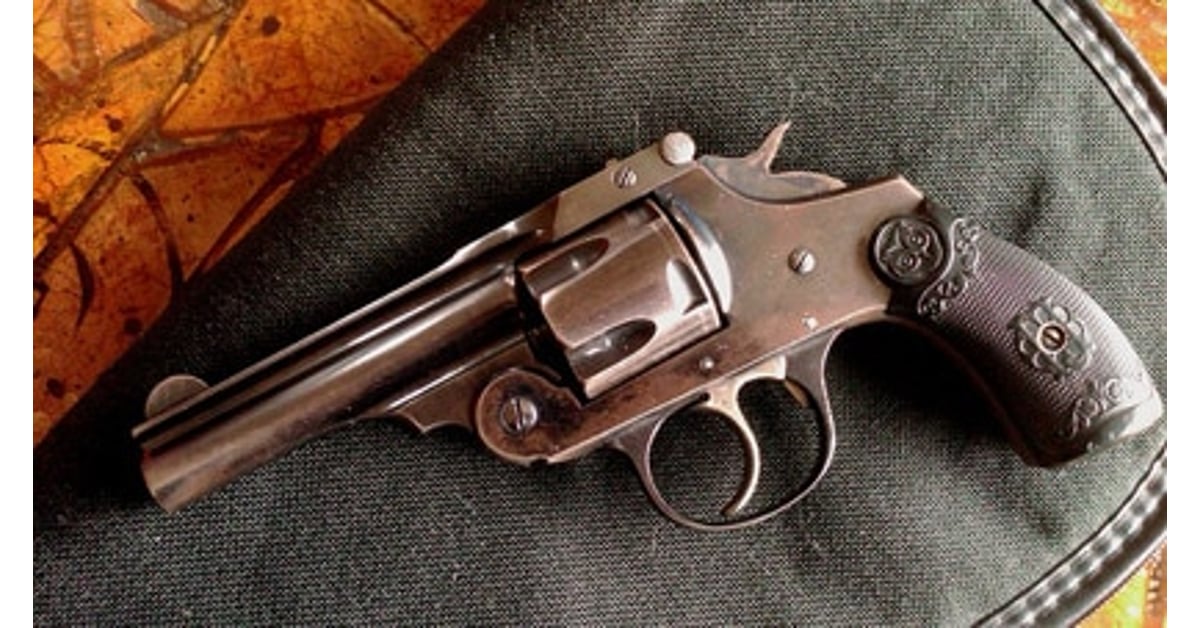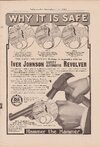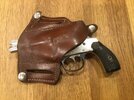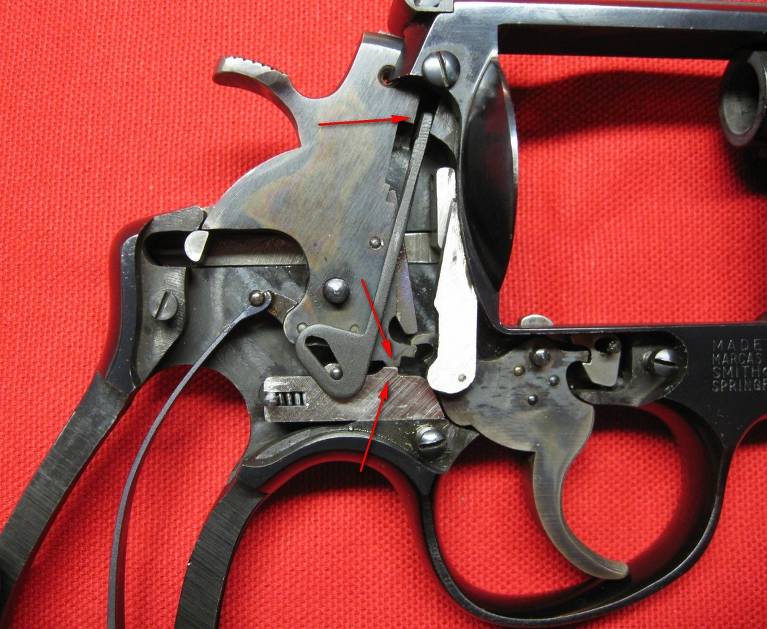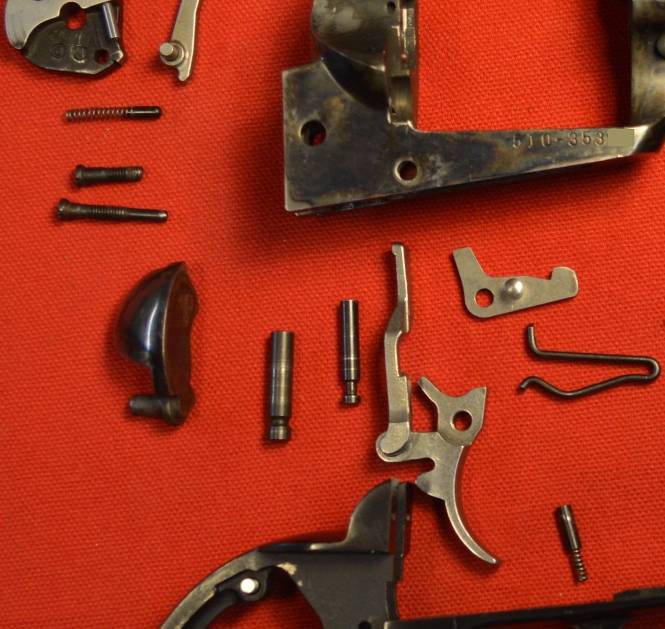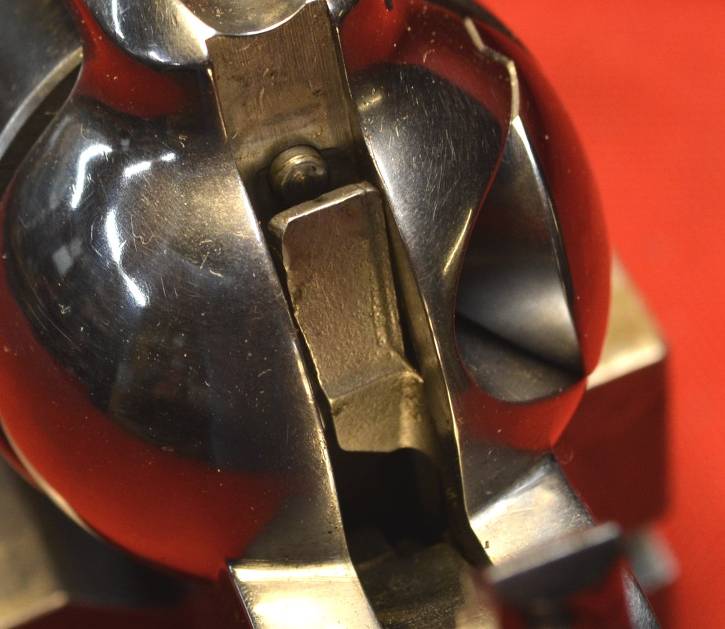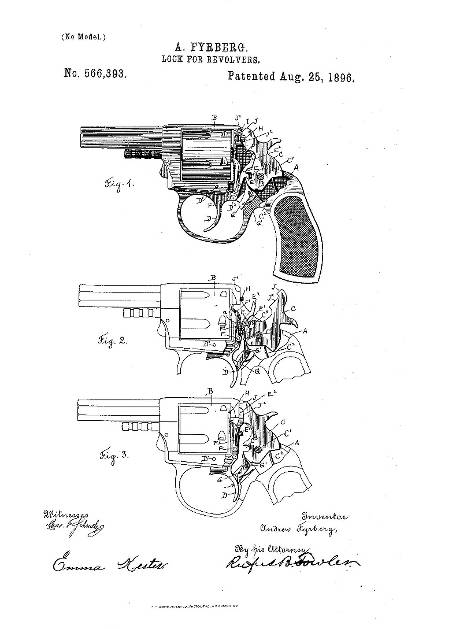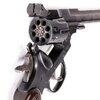Speedo66
Member
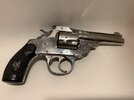
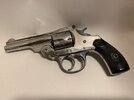
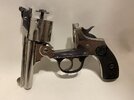
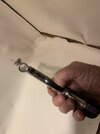
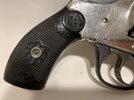
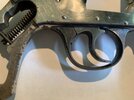
Been jonesing after a break top for a while, couldn’t find anything locally. Also, didn’t want to spend a fortune.
Took a chance on a Gunbroker auction, and I think I got lucky. Gun was as described, .38 S&W, 85-90% finish, tight lockup in single and double action, and a shiny bore with strong rifling. Grips are in good shape with sharp checkering, and no chips or cracks. Gun appears to have been little used, and shockingly, considering it’s age, none of the screw heads are buggered.
They didn’t mention what series it was, but with a little research I realized it was a 3rd model, which meant it was made for smokeless powder and safe with current commercial ammo.
Based on the grips with owl facing out rather than forward, double sided cylinder stops, 4 frame pins over the trigger guard, and a coil main spring rather than leaf, it was definitely a 3rd model.
Serial numbers are found under the top strap, under the removable trigger guard, and most importantly, on the left side of the grip frame. This latter # will sometimes include a prefix letter, which the other locations won’t, to determine age. They all match on this gun.
It just arrived today as a C&R in the mail, pretty happy with it, will take care of my break top hunger. Two boxes of ammo were procured a few days ago, can’t wait to try it out, although rear sights are practically non existent. It’s about 8” long by 4” in height, 3 1/4” barrel. When the gun is broken open, the ejector rises up with the empties, then snaps back down, allowing them to fall out.
The serial # is H230xx. If anybody has the Iver Johnson book by Mr. Goforth I’d appreciate if they would let me know the year of manufacture.
Last edited:


